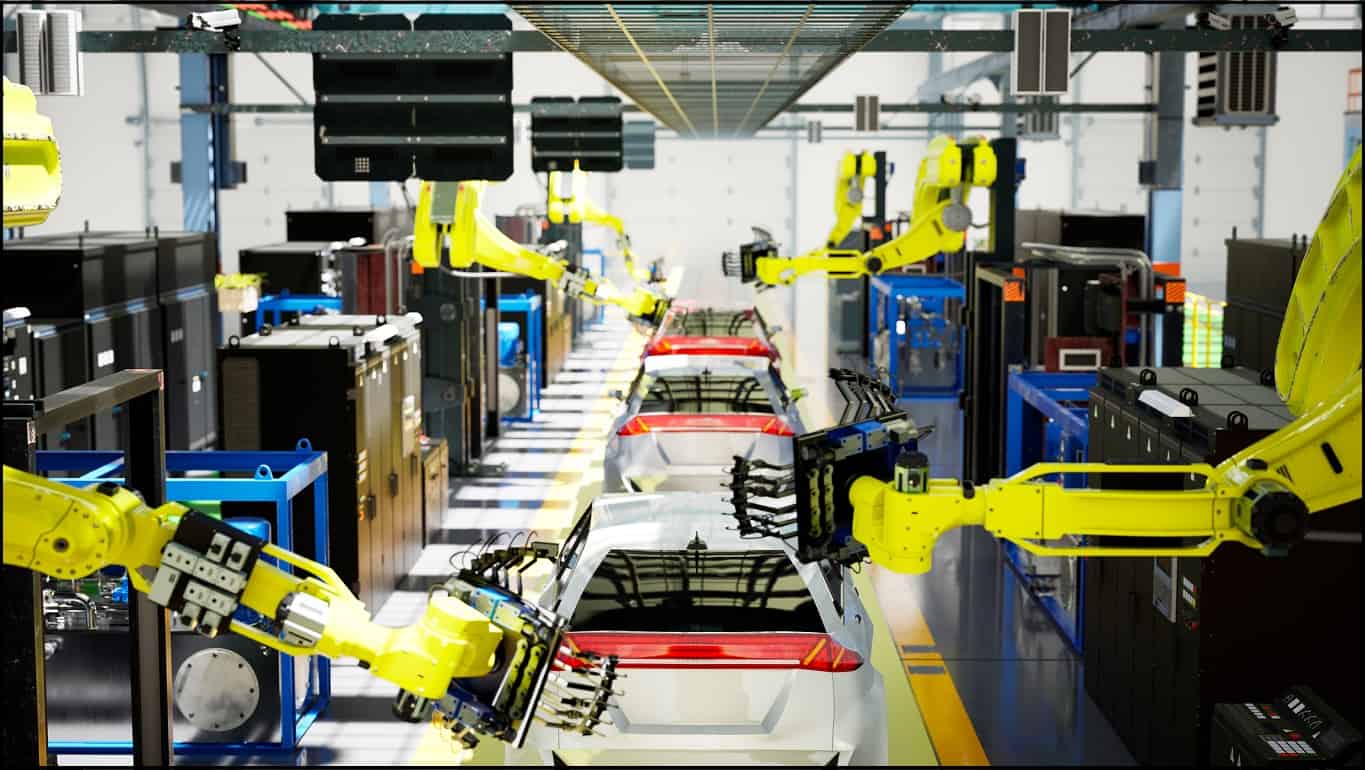It has become necessary today for the OEM automotive assemblers to assert varying degrees of control over the component companies in the total supply chain for electric vehicle (“EV”) storage batteries and, also, for rare earth permanent magnet motors, not only for those used in powering onboard accessories but also for the vehicle drive trains.
The automotive industry faces a new supply chain issue
Up until now OEM automotive relied on a tiered supplier system. For the supply of outsourced production parts (those that are actually on the finished car as delivered to the customer) the OEMs bought from prior approved, by them individually, Tier One vendors of the part. In turn, these Tier Ones were responsible for the selection of qualifiable (to the OEM) vendors to themselves, these would be the Tier Twos. The daisy chain continued until the anchor of the supply chain, the mine and/or the mineral processor was reached far, far away from the concern, or understanding, of the OEM automotive assembler’s procurement operations.
The reliance on the daisy chain of tiered responsibility has been upended by the need for the fine chemicals required to manufacture lithium-ion storage batteries and rare earth permanent magnet motors.
Those total supply chains with enough capacity to supply an OEM automotive assembler exist today only in China, which has been constructing those supply chains for at least 15 years.
Lack of understanding of key players in the supply chain
American (and European and non-Chinese Asian with the possible exception only of Japan) do not understand these supply chains well enough, much less the detail of their individual component companies, to identify the key players, much less to manage them from the standpoint of strict adherence to specifications, quality control, on-time delivery, and guaranteed pricing, the main pillars of OEM automotive procurement.
OEM automotive has thus embarked on what I like to call, The-Streetcar-named-Desire system of procurement selection, the industry depends on the kindness of strangers. The main barrier to success in such a system is the absence of experience among the procurement groups of almost any knowledge of the principal industries, mining, chemical engineering, and technology metal-enabled component manufacturing that need to be reconfigured to meet the rigid standards for qualification among the OEM automotive assemble industry.
Experience currently not driving government and business decisions
Just as an example of the pervasiveness in America of this dilemma, I asked the U.S. Dept of Defense why they chose the American rare earth mining company, MP Materials Corp. (NYSE: MP), and the Australian rare earth miner, initial processor, Lynas Rare Earths Ltd. (ASX: LYC) to develop separation systems for “heavy” rare earths, when neither company had ever done such development work. The answer was “Both had large market capitalization, revenues, and significant retained earnings.” So, I guess, it will have been the “bean counters” who killed the program, not those who sought prior experience and proven capability among vendors.
The OEM automotive industry has embarked on an existential challenge, the total replacement of a well-understood technology, ICE drive trains, with a long-established and proven total supply chain, with a supply chain, that for storage batteries and rare earth permanent magnet drive motors with which they have no experience at all.
What is needed
The mining, refining, and fabrication of industrial precursor forms of the technology metals for the OEM automotive industry are not well developed outside of China.
The survival of the non-Chinese OEM EV automotive industry will depend on selecting the component vendors in the distinctly different total supply chains for lithium and rare earths. Sadly, this cannot be left to the battery and motor vendors, who mostly do not have the political and financial resources to address the problems involved.
Final thoughts
The key problem to be faced is finding the necessary experienced expert total supply chain advisors.
How is that to be done?
Addendum: Key minerals in the EV industry
For the storage batteries:
- Lithium
- Nickel
- Cobalt
- Manganese
- Copper
- Aluminum
- Steel
- Tin
For the rare earth permanent magnet motors:
- Neodymium
- Praseodymium
- Dysprosium*
- Terbium*
- Cobalt
- Gallium
- Copper
- Steel
- Tin
*Super critical




Leave a Reply